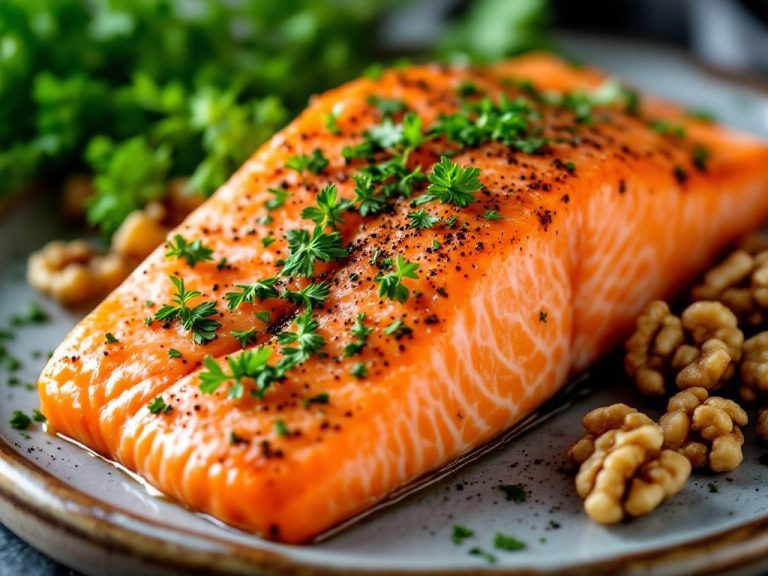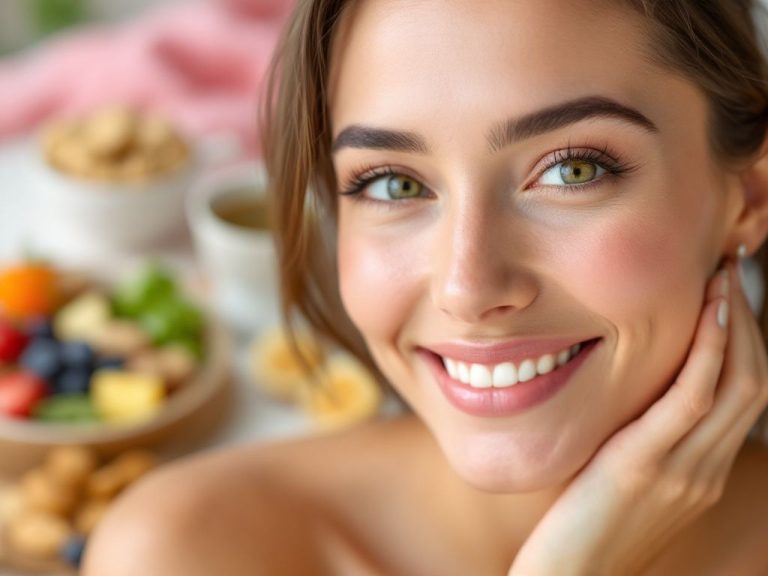Have you ever taken a bite of your favorite dessert – say, that luscious chocolate cake or those irresistible jelly-filled doughnuts – only to wonder later if that delightfully sweet moment might come back as an unwanted guest on your face? It’s a genuine kind of curiosity, you know. Can what you eat actually pop up as an uninvited visitor, hiding under the guise of pimples or affecting that glow we’re all after?
Table of Contents
ToggleSugar and Skin: A Sticky Situation
Let’s dive right into it. The **sugar acne connection** is a thing, and there’s no beating around the bush with it. Our diet – especially those rich in sugary delights – can indeed wreak havoc on our skin. It’s like bringing someone to a party who ends up trashing the place. You set out with good intentions and suddenly you’re left with a mess (and by mess, I mean potential acne breakout).
Why Does Sugar Target Our Skin?
Well, it’s got everything to do with insulin. See, sugar spikes insulin levels in our blood. Those sweet foods we adore? They send our insulin on a crazy ride, and insulin loves to jolt those oil glands into overproduction mode. More oil means more clogged pores, and you can do the math from there going from clogged pores to… hello, acne!
But the problem isn’t just with simple carbs like candies and sugary snacks. Sure, they’re the obvious culprits – but think of refined carbohydrates too. Bread, pasta, even some so-called ‘healthy’ cereals – yup, they’ve got a part to play. They break down into sugar in no time, causing that sneaky blood sugar spike.
See the Bigger Picture: Food and Skin

Thinking about how sugary treats affect skin doesn’t stop there. Our skin is reflective of what’s happening inside, right? So, beyond what’s happening with insulin, too much sugar edges us towards faster ageing processes. There’s this thing called glycation – it’s a fancy word for when sugar molecules bond with proteins and fats in your body. Usually, they target that bouncy, youthful collagen, making it stiff and less springy.
Glycation doesn’t just age your skin though; it can weaken it, make it prone to redness and then there’s inflammation. Trust me, inflammation is like skin drama; no one wants it, yet it always seems to find a way.
Triggers: Tailored to Perfection
Okay, so what can we do about it? If you think ditching every ounce of sugar from your life is the solution, brace yourself. It’s all about moderation and realizing the **sugar acne connection** doesn’t mean you can never enjoy sweet foods again. However, understanding triggers can be empowering.
- Listen to Your Skin: Pay attention to how your skin reacts after indulging in certain foods. Start a food journal. Note which foods lead to breakouts and start seeing patterns.
- Consider Alternatives: Think of other ways to satisfy that sweet tooth. Ever tried fruit-focused desserts? Fresh strawberries with a sprinkle of cacao? Delicious and way less risky!
- Stay Hydrated: Simple, but super effective. Water helps clear out toxins and keep your body balanced – aiding in cutting down on spikes caused by sugar.
Sweet Foods: When to Cut Back
The thought of cutting back on sugar-laden goodies might make your sweet tooth ache. But it’s about balance, not deprivation. Here’s how you might approach it:

- Choose Whole Grains over white bread or white rice. Whole grains break down more slowly, giving you a more balanced sugar release.
- Control Portions: When those sweet cravings hit, opt for a smaller piece. A nibble can often be enough to satiate and simultaneously keep skin woes at bay.
- Modify Recipes: When you’re baking at home, reduce sugar content when possible. Sometimes a bit of cinnamon or vanilla can compensate for less sugar without losing flavor.
Steps to Glowing Skin
It’s not just about what you say “no” to in your diet, but also what you say “YES” to for boosting skin health:
- Vitamins and Antioxidants: Load up on foods that protect your skin. Think berries, oranges, and omega-rich fish. They help against oxidative stress and inflammation, neutralizing some sugar-induced damage.
- Probiotics: Foods like yogurt promote a healthy gut which can positively affect skin health. A balanced inside means a happier complexion.
- Skin-Care Rituals: Yeah, it’s not all about food. A good skin-care routine helps manage any damage done. Wash away day-long dirt and residue (yes, that includes sugar effects).
Roadblocks: Spotting Mistakes

Mistakes? They’re part of life, right? Let’s avoid some common sugar-related ones:
- Misinformed Choices: Sugar lurks in unlikely places—sauces, ready-made meals, even some salad dressings. Peek at nutritional labels regularly.
- Skipping Meals: This sounds indirect, but skipping meals often leads to preferential craving choices later. Instead of a balanced meal, you might opt for whatever sugar-rush is available.
- Not Indulging Mindfully: It’s okay to enjoy sweet foods every now and then, just be mindful about it.
In a nutshell, the sugar acne connection underscores balance. Take a minute to reflect—your skin is part of a larger system, influenced by various factors including diet. Tuning into what your body is telling you and nibbling that chocolate less often could lead to richer skin health in the mornings.
Final Thoughts
So next time you spot a lurking pimple after helping yourself to sugary refuge, don’t berate yourself. Knowing the sugar acne connection arms you with the awareness that empowers choices. Aim for the kind of adjustment that caters to enjoyment while tending to your skin’s needs. Find middle ground that lets you enjoy the sweeter side of life without inviting uninvited guests. That’s the kind of party everyone can toast to. Cheers to gleaming skin and feeling good from the inside out!
Frequently Asked Questions
Is there a direct link between sugar consumption and acne?
While the link between sugar consumption and acne is not fully clarified, several studies suggest that diets high in sugar, particularly those with a high glycemic index, can contribute to the development and severity of acne. These diets can lead to increased blood sugar and insulin levels, which in turn can promote inflammation, sebum production, and hormonal imbalances that are associated with acne[1][3][5>.
How does sugar consumption affect the skin and lead to acne?
Sugar consumption can affect the skin by causing spikes in blood sugar levels, which trigger an insulin response. This insulin surge can increase androgen hormone activity and boost the production of insulin-like growth factor 1 (IGF-1), leading to increased sebum production and skin cell growth. These factors contribute to the development of acne lesions[2][3][5>.
Can a low-glycemic diet help reduce acne severity?
Yes, several studies have shown that following a low-glycemic diet can help reduce acne severity. This type of diet avoids foods that cause rapid spikes in blood sugar levels, thereby reducing inflammation and sebum production. Studies have demonstrated that individuals who switch to a low-glycemic diet often experience a significant reduction in acne[5>.
Are other dietary factors, besides sugar, associated with acne?
Besides sugar, other dietary factors such as the consumption of dairy products, fatty and sugary foods, and refined carbohydrates have been linked to acne. Dairy products, for example, can increase insulin levels and stimulate the production of IGF-1, while fatty and sugary foods can contribute to inflammation and metabolic derangements that exacerbate acne[3][4][5>.
References- Athenaeum Pub. (2024). Sugar Consumption and Acne: Unravelling the Complex Sugar-Skin Relationship in the Adolescent Population.
- PMC. (2023). The Relationship Between Acne Vulgaris and Insulin Resistance.
- Healthline. (2018). Top 6 Foods That Can Cause Acne.
- American Academy of Dermatology. Can the right diet get rid of acne?.








